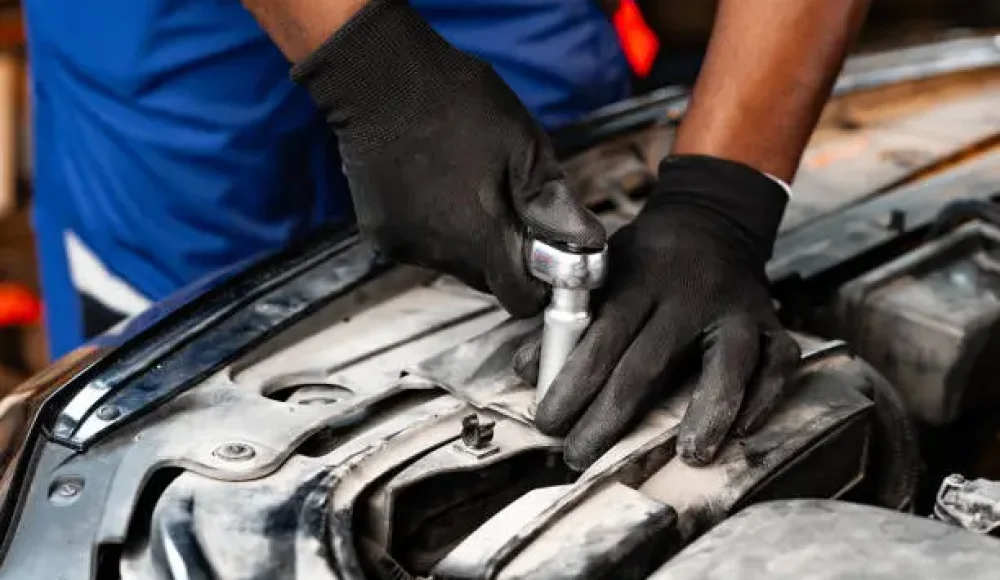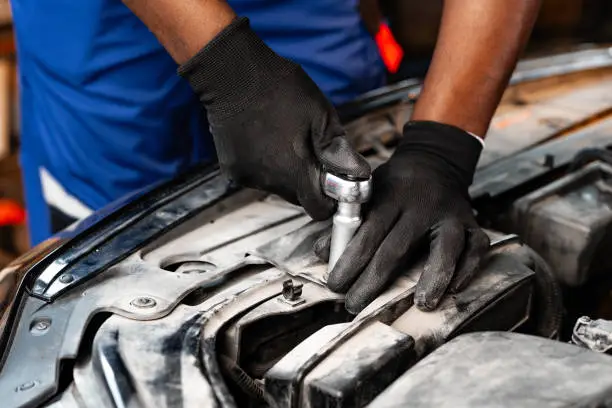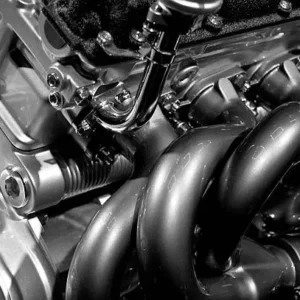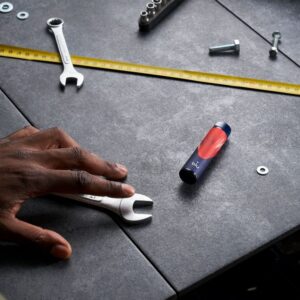The Rising Demands on Fastener Performance
As industries evolve, Ebenso steigen die Anforderungen an mechanische Komponenten. Among the most critical—yet often overlooked—components are fasteners. These small but essential parts keep entire structures, vehicles, and machines intact. In automotive and heavy machinery applications, fasteners must endure extreme loads, weather, and corrosive agents. daher, material innovation has become central to manufacturing automotive repair fasteners that outperform legacy counterparts.
Today’s engineers and manufacturers require fasteners that offer increased reliability, superior corrosion resistance, and long-term structural integrity.
Why Traditional Fasteners No Longer Suffice
Traditional carbon steel fasteners are cost-effective and easy to produce. Jedoch, they fall short in high moisture, Salzexposition, and chemically reactive environments. Corrosion leads to fastener failure, which in turn causes mechanical breakdowns, safety hazards, and increased maintenance.
The need for long-lasting and corrosion-resistant automotive repair fasteners is now a strategic imperative, especially in industries where equipment longevity and safety are paramount. Infolge, both OEMs and aftermarket suppliers are investing in advanced metallurgy and surface engineering to develop better solutions.
Advancements in Fastener Base Materials
1. Stainless Steel Alloys
Stainless steel remains a popular choice due to its innate corrosion resistance. Grades like 304 Und 316 are widely used in marine, Automobil, and construction sectors. These alloys offer excellent resistance to rust, pitting, und chemische Belastung.
316 Edelstahl, insbesondere, is rich in molybdenum. This element enhances resistance in chloride-heavy environments. While costlier than standard carbon steel, stainless alloys reduce lifecycle costs due to less maintenance and longer service life.
2. Titanium-Based Fasteners
Titanium is lightweight and corrosion-resistant. It provides excellent strength-to-weight ratios, ideal for aerospace and performance automotive applications. Although expensive, it offers superior fatigue resistance and biocompatibility—making it useful even in medical equipment.
In automotive repair fasteners, titanium finds use in performance exhaust systems, engine blocks, and race-grade body panels. Jedoch, production challenges and cost still limit widespread application.
3. Nickel and Cobalt Superalloys
For extreme environments like nuclear power or high-pressure reactors, nickel-based fasteners like Inconel and Hastelloy are favored. They resist oxidation, high temperatures, and aggressive chemicals. While these materials are niche, they highlight how metallurgy can adapt to specific durability needs.
Engineering Cold Heading for Strength and Precision
Kalte Überschrift is the process of forming fasteners without heat. This strengthens the grain structure and improves fatigue performance. By combining this forming method with high-performance metals, CHE creates automotive repair fasteners that withstand high shear forces and cyclic loading.
The precise tolerances achieved through cold heading also make it easier to pair these fasteners with automated installation tools. In industries that prioritize efficiency, this matters just as much as material durability.
Innovations in Coatings and Surface Treatments
Beyond base materials, surface coatings are now vital to extending fastener life. Protective finishes not only resist corrosion but can also reduce friction, improve conductivity, or offer aesthetic appeal.
1. Zinc-Nickel Coating
Zinc-nickel plating is a breakthrough for corrosion-resistant fasteners. It provides up to ten times the protection of traditional zinc coatings. This alloy forms a robust barrier against moisture and airborne contaminants.
Zinc-nickel coatings are especially beneficial in automotive engine bays and brake assemblies, where exposure to salts, oils, and high heat is common.
2. Geomet and Dacromet Coatings
These water-based coatings contain zinc and aluminum flakes, offering high corrosion resistance without heavy metals like chromium. Applied via dip-spin or spray methods, they cover complex geometries evenly.
Geomet-coated fasteners resist white rust for over 1000 hours in salt spray tests. They are widely used in car chassis, wind turbines, and industrial machinery, where aesthetics and eco-compliance also matter.
3. PTFE and Nylon Patch Coatings
These low-friction coatings help with torque control and self-locking properties. PTFE, known commercially as Teflon, enhances sealing and vibration resistance. In der Zwischenzeit, nylon patches add mechanical locking to reduce loosening under vibration.
For repair kits and aftermarket applications, these coatings simplify reinstallation and prolong fastener reuse.
Corrosion Testing and Real-World Performance
To validate material innovations, fasteners undergo rigorous testing:
-
Salt Spray Tests (ASTM B117): Evaluate resistance to chloride environments.
-
Cyclic Corrosion Testing: Mimics real-world wet-dry exposure cycles.
-
Galvanic Corrosion Analysis: Ensures compatibility when paired with dissimilar metals.
-
Hydrogen Embrittlement Screening: Prevents delayed cracking in high-strength steels.
By combining materials and coatings that pass these tests, manufacturers ensure longer-lasting automotive repair fasteners across various terrains and climates.
Environmental and Economic Benefits
Durable fasteners offer more than just technical advantages—they bring tangible sustainability benefits. Longer life reduces replacement frequency and waste. Darüber hinaus, corrosion-resistant materials reduce the use of anti-rust sprays or sealants, minimizing environmental impact.
Many coatings now avoid hexavalent chromium, aligning with RoHS and REACH compliance. Zusätzlich, the rise of recycled alloy integration in fastener production helps conserve natural resources.
Application Spotlight: Renewable Energy & Infrastructure
Wind turbines, solar trackers, and bridge reinforcements rely heavily on corrosion-resistant fastening. Stainless steel anchors and aluminum-compatible bolts are becoming industry standards in these sectors. As climate extremes intensify, the materials used in fasteners must adapt to withstand thermal cycling, salty air, and freeze-thaw cycles.
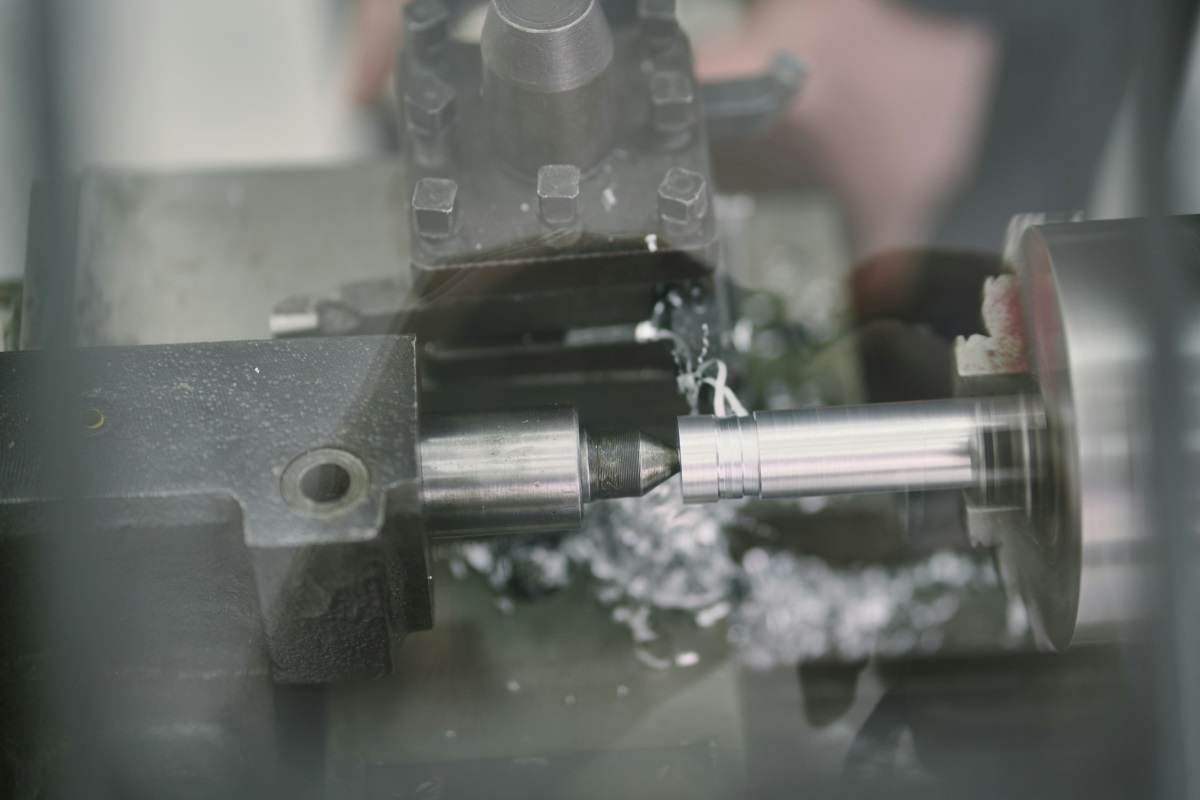
Future Trends in Fastener Materials
Several emerging trends point toward a continued evolution:
-
Self-healing Coatings: Polymers that seal micro-cracks upon impact or abrasion.
-
Graphene-Infused Alloys: Promising ultra-lightweight, corrosion-resistant materials.
-
Smart Fasteners: Embedded sensors detect strain, Korrosion, or vibration over time.
-
Biodegradable Fasteners: For temporary installations in agriculture or medical use.
As these technologies mature, expect even greater reliability and eco-friendliness from next-gen automotive repair fasteners and industrial fastener systems.
Strategic Supply Partnerships and OEM Collaboration
Material innovation must go hand-in-hand with supply reliability. DAS partners with OEMs, repair kit distributors, and Tier 1 manufacturers to design purpose-built fasteners. From rapid prototyping to mass production, our material selection ensures each part meets cost, performance, and regulatory needs.
Close collaboration also reduces time-to-market and supports lean inventory strategies. Custom lot production and JIT delivery help clients remain competitive without overstocking.
Abschluss: Building Strength That Lasts
The fastener may be small, but its role is huge. It holds vehicles together, supports bridges, and secures critical machines. Material innovations are redefining what these tiny components can achieve.
Through advanced metallurgy, precision cold heading, and high-performance coatings, DAS helps industries solve corrosion and durability challenges. With our expertise in automotive repair fasteners, your assemblies will last longer, perform better, and resist the elements.
For long-term structural integrity and peace of mind, trust the fasteners that are engineered for the future—trust CHE.

